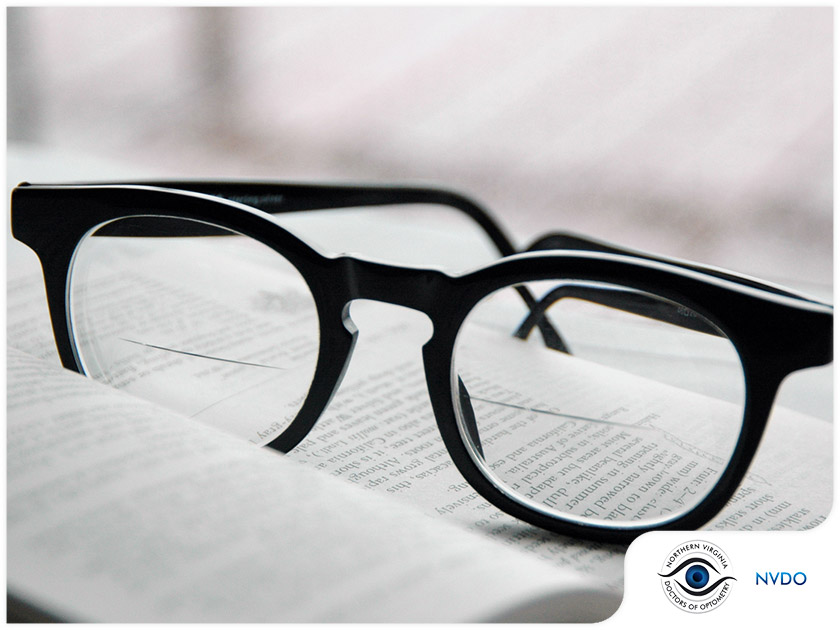
Get a pair of reading glasses
As you age, it’s not unusual for your vision to change. You may start to notice that it’s more difficult to read small print or that you get headaches when you try to focus on close work. These are common signs of presbyopia, a condition that affects nearly everyone over the age of 40. Presbyopia occurs when the lens of your eye becomes less flexible, making it difficult to focus on close objects. Reading glasses are the simplest and most effective way to treat presbyopia. By magnifying the text, reading glasses make it easier to focus on close work. They can also help to reduce eye fatigue and headaches. If you’ve been experiencing any of these symptoms, it’s time to visit your optometrist and get a pair of reading glasses.
Magnifying glass for reading small print
A magnifying glass is a simple tool that can be used to read small print. When placed over an area of text, the magnifying glass enlarges the letters, making them easier to see. This can be helpful for people with vision problems or for those who simply want to read a small amount of text more easily. The magnifying glass is also a useful tool for other tasks, such as examining insects or looking at small objects in greater detail. In addition, magnifying glasses can be used as a decorative element in certain types of artwork. No matter how it is used, the magnifying glass is a versatile and handy tool.
Install a magnifying mirror in your bathroom or bedroom
A magnifying mirror is a great addition to any bathroom or bedroom. Not only does it allow you to see your reflection more clearly, but it also magnifies your features so you can get a better look at them. This can be especially helpful when applying makeup or shaving. In addition, magnifying mirrors are often illuminated, which can help to provide more light in a dimly lit room. Whether you’re looking for a more detailed view of your reflection or just need some extra light, a magnifying mirror is a worthy investment.
Make use of technology – there are many apps and websites that can help you read smaller text
If you’re struggling to read small text, there’s no need to worry – there’s plenty of technology that can help you out. Apps like Magnifying Glass Free and Zoom Cloud Meetings let you use your phone or tablet as a magnifying glass, so you can zoom in on text and see it more clearly. There are also websites like Natural Reader, which read text aloud to you, so you can listen while you’re doing other things. And if you’re having trouble reading the text on your computer screen, there are plenty of browser extensions that will increase the font size for you. So there’s no need to struggle – with a little bit of help from technology, you can easily read any text, no matter how small.
Increase the font size on your device or computer
If you’re finding it difficult to read the text on your computer or device, you may want to consider increasing the font size. This can be a great way to improve readability without compromising the amount of information that is displayed on the screen. To increase the font size, simply go to the settings menu and adjust the font size to a larger setting. You may also want to experiment with different fonts to see which one is most legible at a larger size. With a little trial and error, you can find the perfect balance of font size and style for your needs.
Ask someone to read aloud to you
Reading aloud is not just for children. In fact, there are plenty of benefits for adults who read aloud, too. For one thing, it can help you to better understand the material you are reading. When you read aloud, you are forced to slow down and pay attention to each word, which can help you to catch errors and confusion. Additionally, reading aloud can improve your pronunciation and increase your vocabulary. And finally, reading aloud can be a great way to relax and de-stress. So next time you’re feeling overwhelmed by a book or article, try asking someone to read it aloud to you. You may be surprised at how much easier it is to understand – and enjoy – the material.
Although it may take some time to get used to, using one or more of these methods should help you read small print without having to strain your eyes. Just think how much easier reading will be when you can finally see what you’re trying to read! Have you tried any of these techniques? What works best for you? Let us know in the comments.




